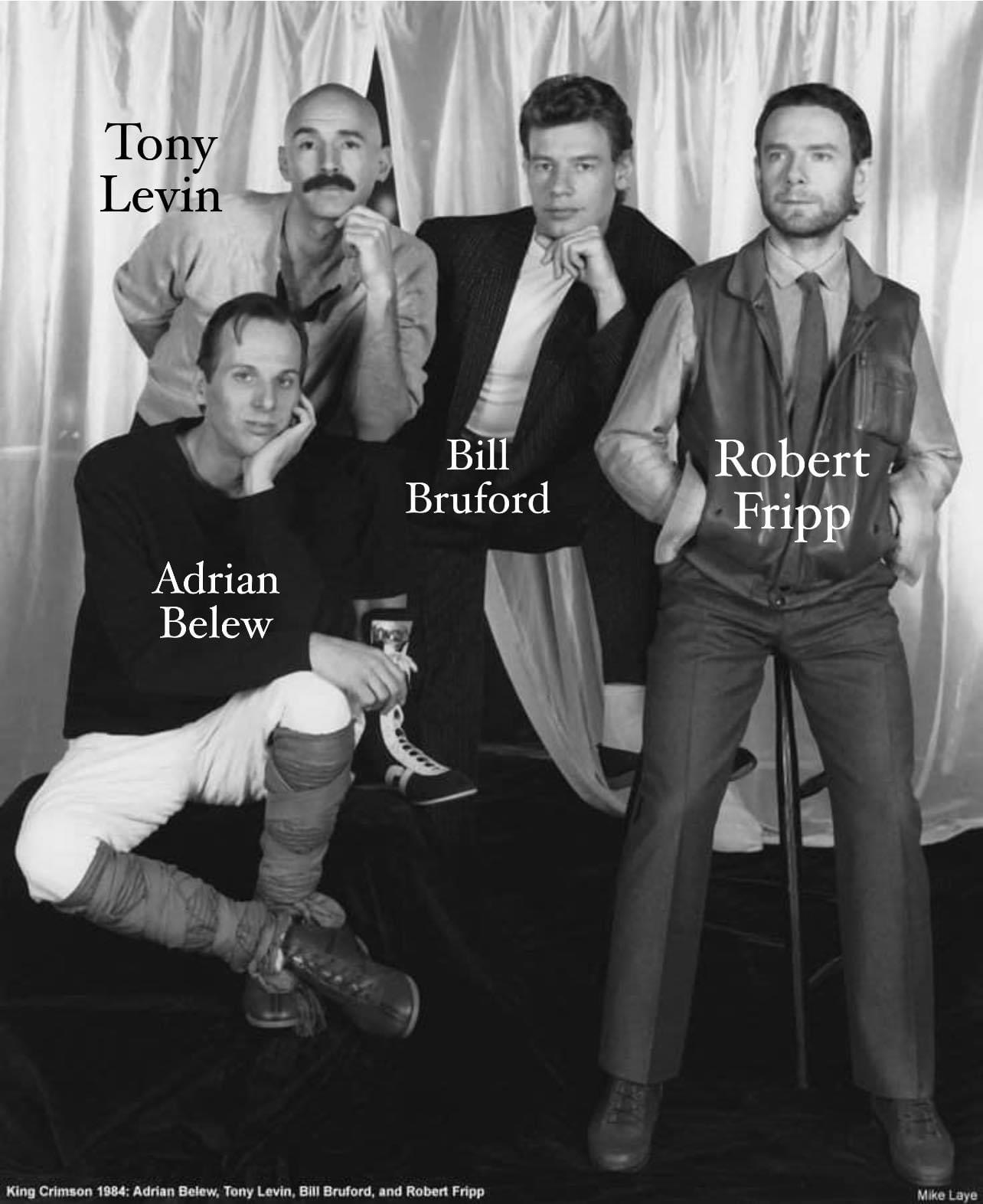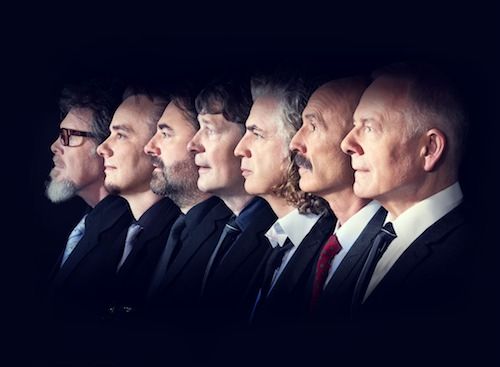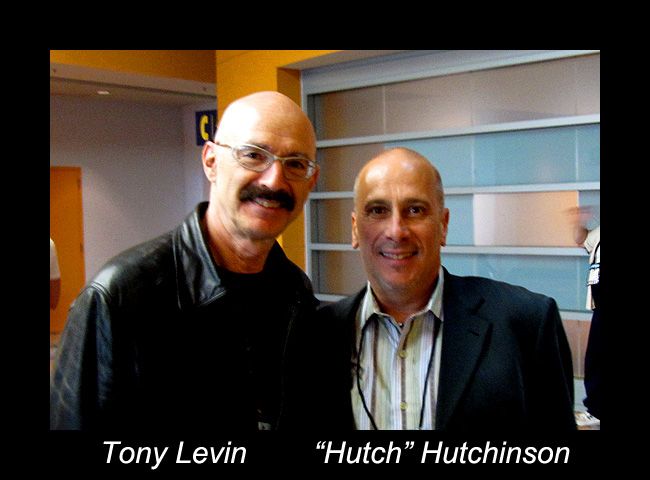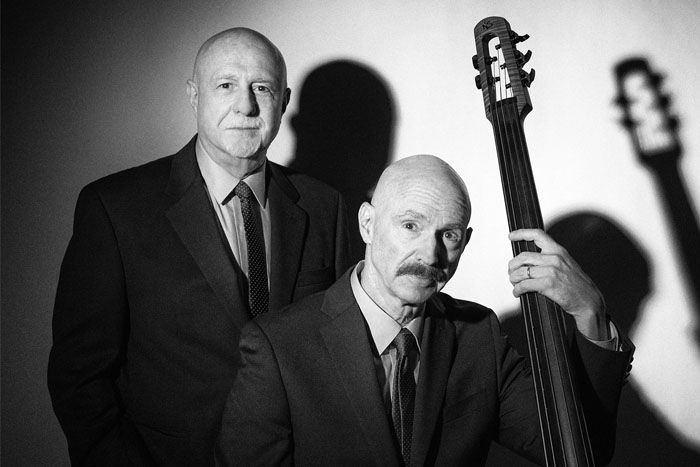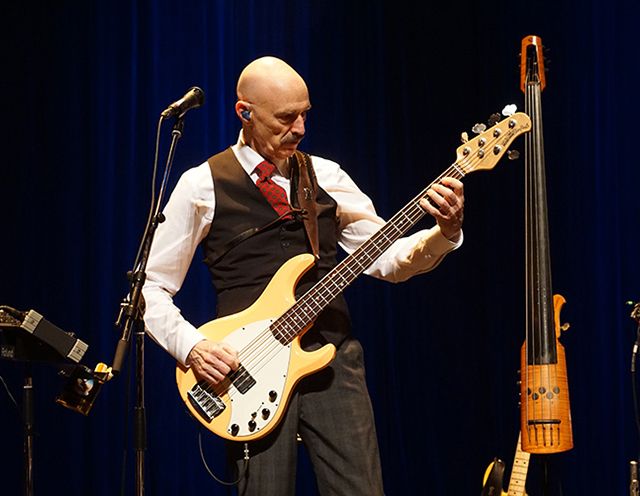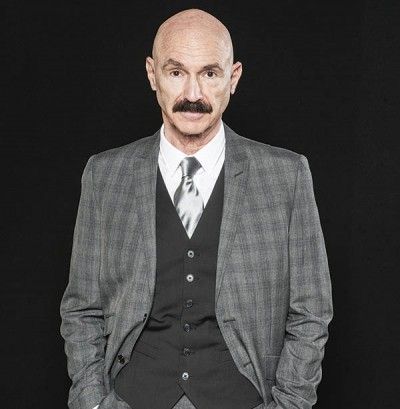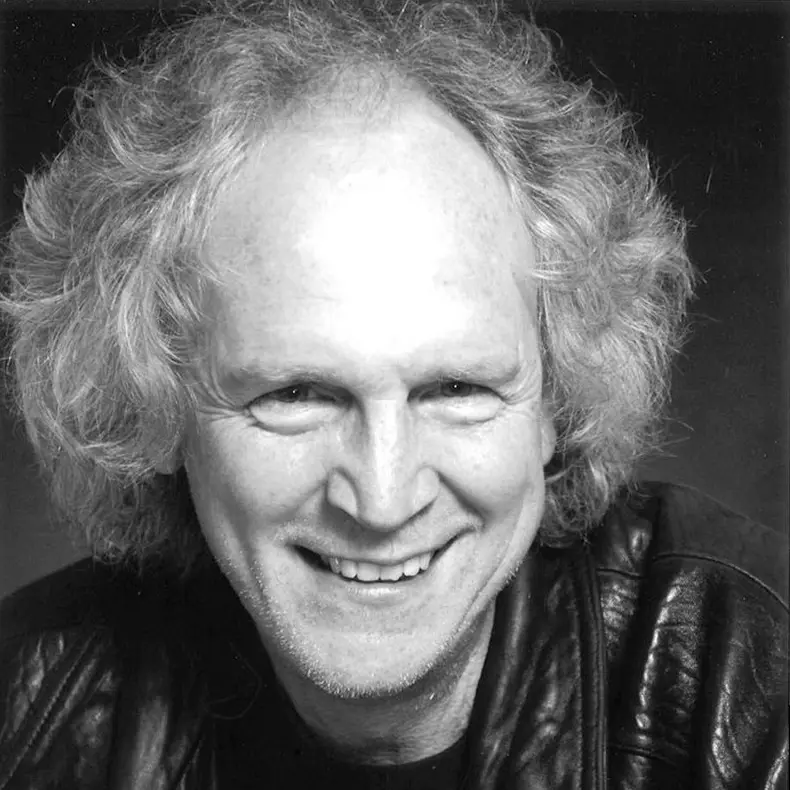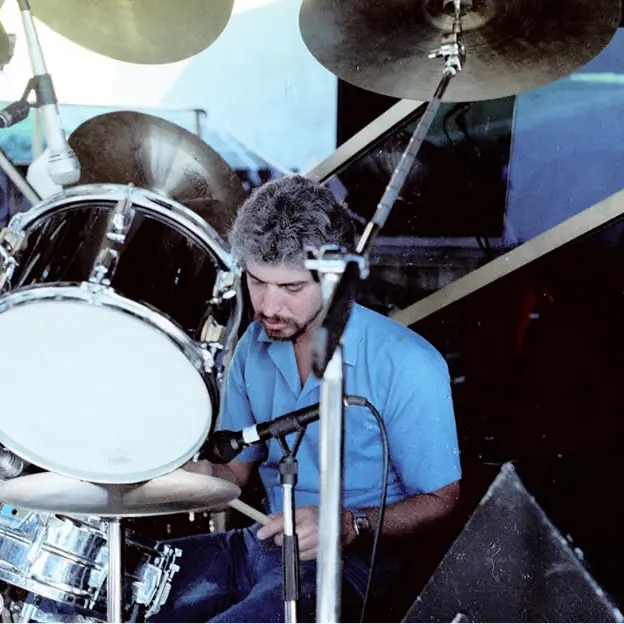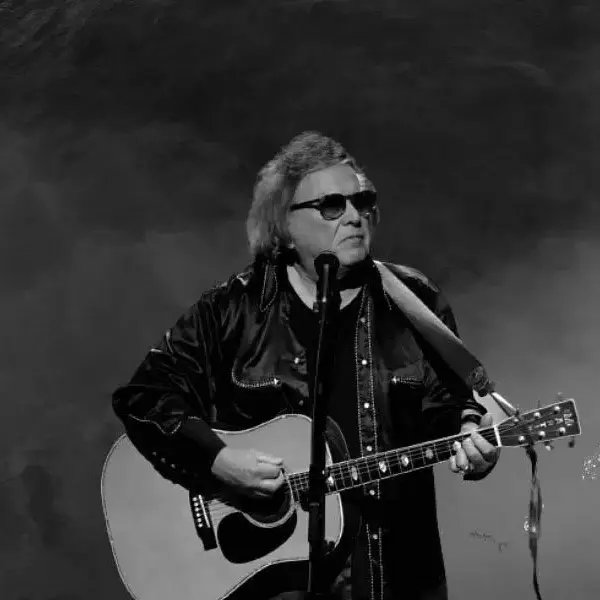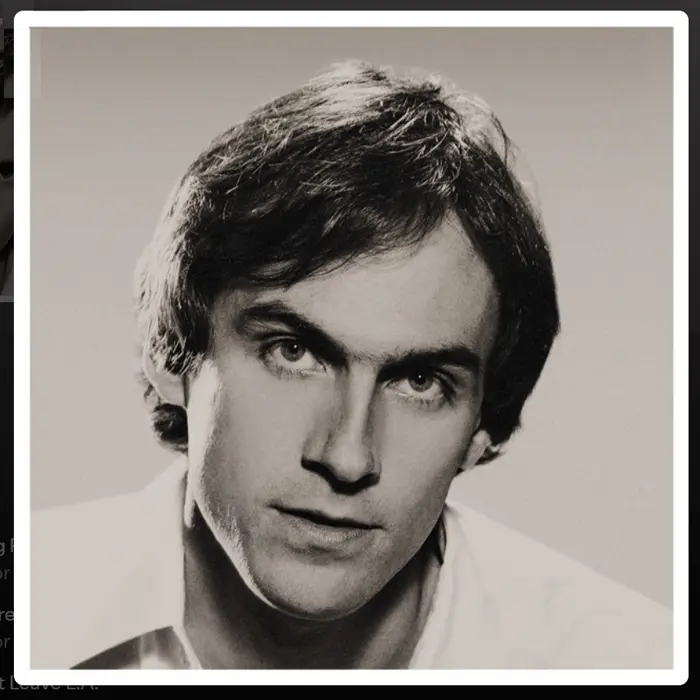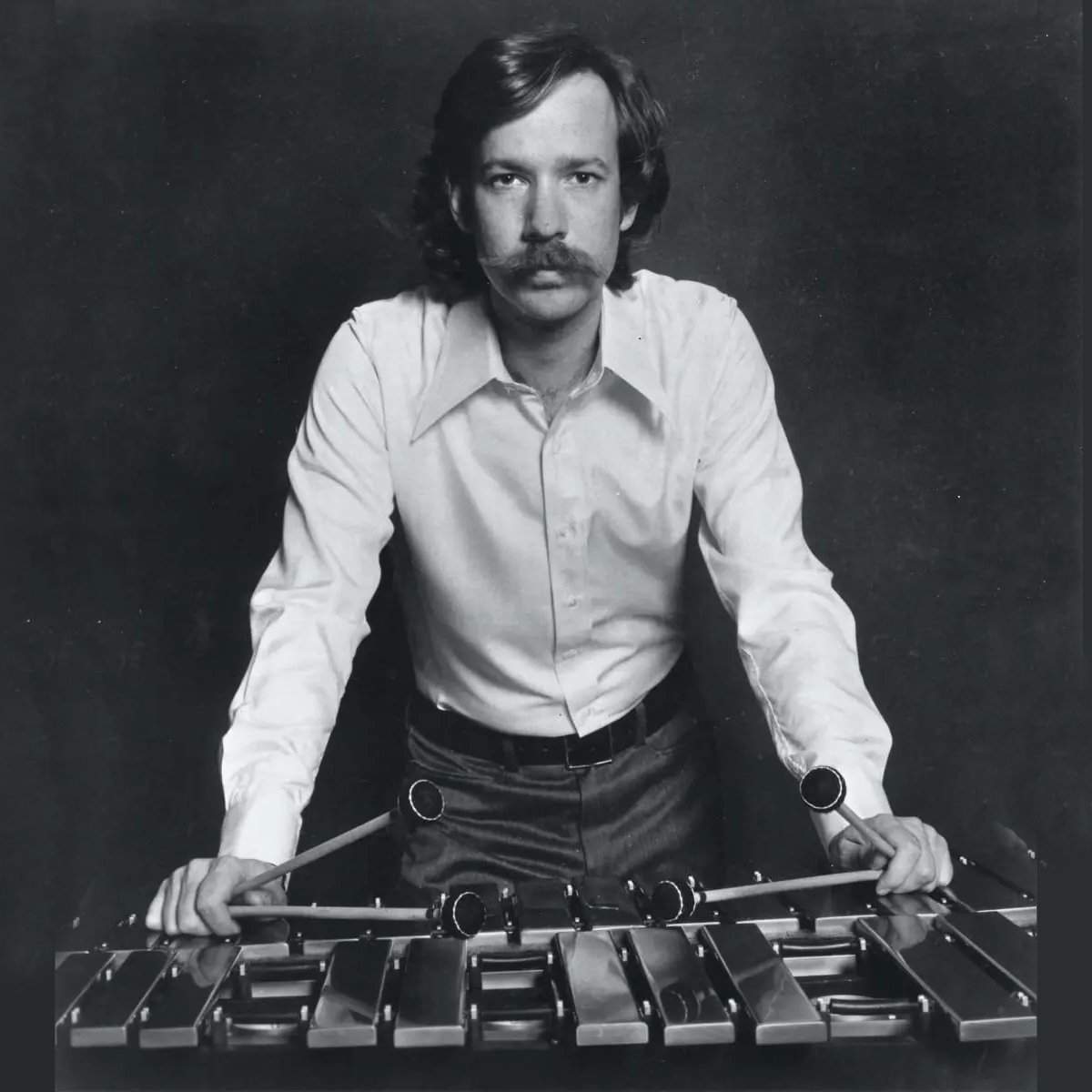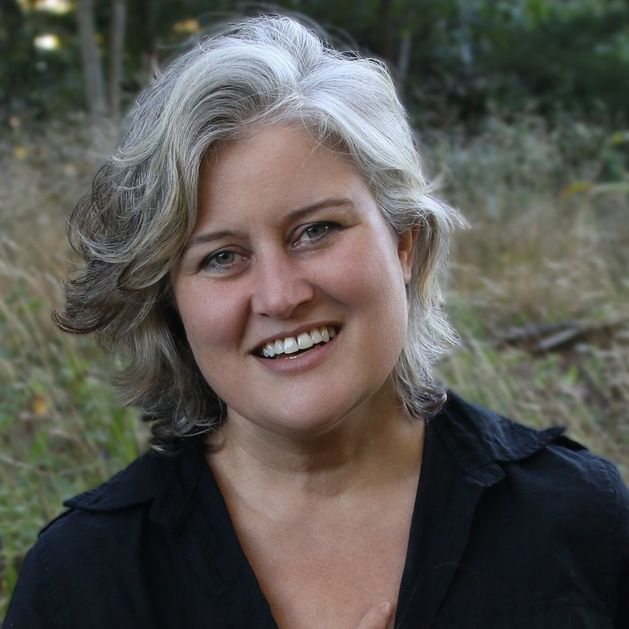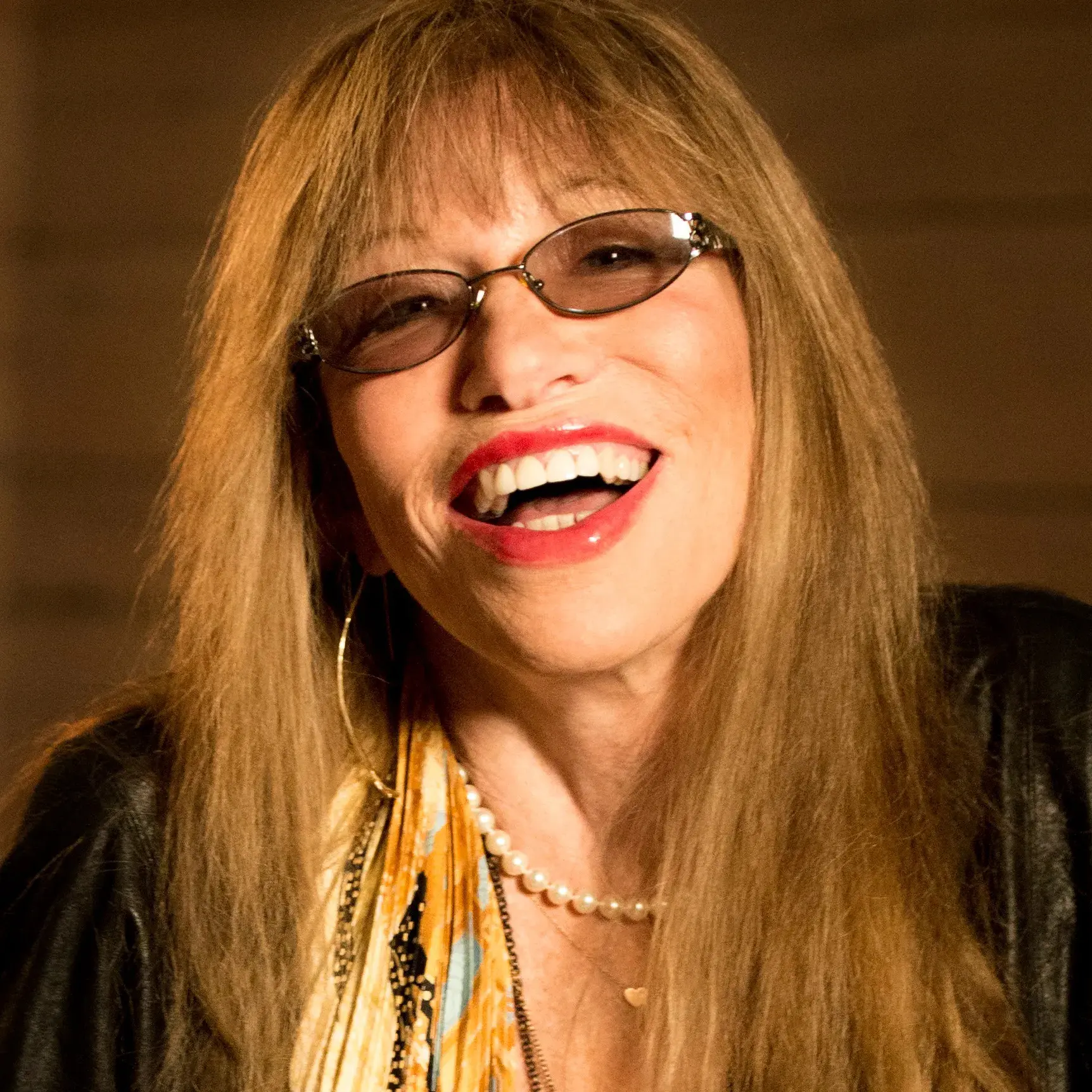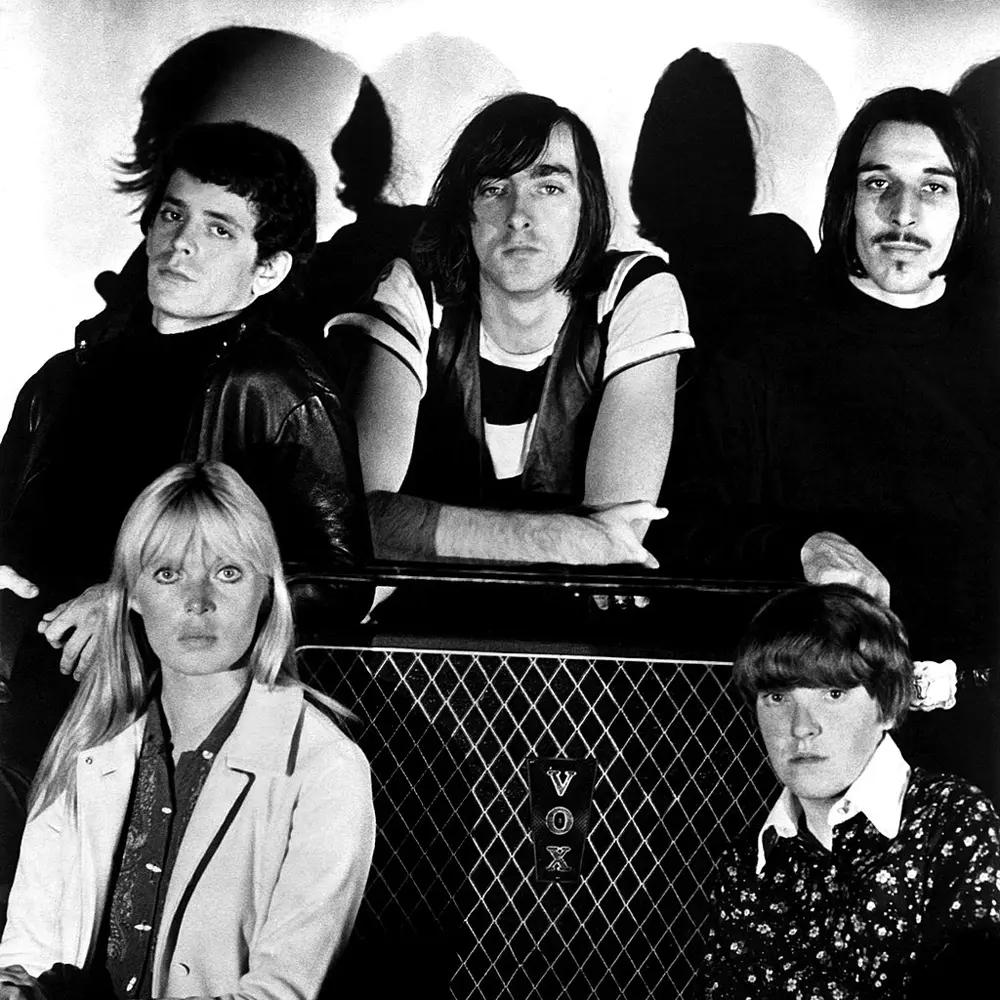Tony “Stick Man” Levin
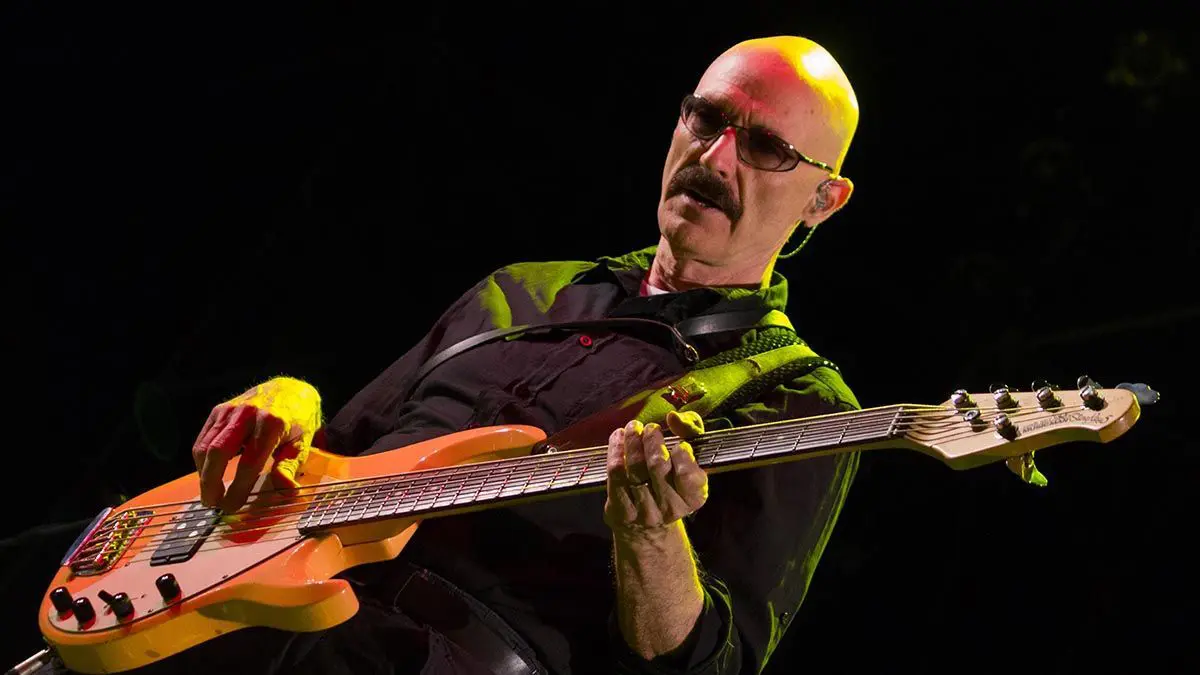
A Brookline, Massachusetts native best known for his work with Peter Gabriel and King Crimson, Tony Levin began playing double bass at age 10 with an ear toward performing classical music. In high school, he learned to play the tuba, that formidable bass instrument of the brass variety.
It must have been those lower decibels that attracted him, or perhaps a quest to master the biggest musical instruments he could possibly manage. In either event, during that time he also started a barbershop quartet. I’ll venture a wild guess that he sang bass.
EARLY TRAINING, PERFORMANCES, INFLUENCES
Born on July 6, 1946, Levin went to Brookline High School, which had excellent orchestra directors and bands with which he traveled all across New England, soloing on the tuba. Growing up with his older brother Peter, also a musician, constantly introduced him to new creative possibilities, he says. Among his early instructors were bassists from the Boston Symphony Orchestra, one of whom, Leslie “Tiny” Martin, was his main teacher through high school and was instrumental in nurturing his musical advancement.
Levin played for a few years in the Greater Boston Youth Symphony Orchestra, conducted by the great Marvin Rabin, and appeared with them at Carnegie Hall and the White House (when President John F. Kennedy gave a speech about music and the arts being “good for our youth”). Seeing classical double-bass virtuoso Gary Karr perform at the Isabella Gardener Museum in Boston had a significant influence on Levin’s desire to become a bass soloist, he says.
EASTMAN SCHOOL, SWITCH TO ELECTRIC BASS, EARLY SESSION WORK
After finishing high school, Levin enrolled at Eastman School of Music in Rochester, New York. While there, he played in the Rochester Philharmonic Orchestra and met future drumming legend Steve Gadd, which eventually led to him trading his Ampeg upright for a Fender Precision, thus beginning his migration toward smaller, more transportable instruments. In 1968, Rochester native Gap Mangione released his first solo album, Diana in the Autumn Wind, featuring Levin and Gadd in their very appearances on wax.
After moving to New York City in 1970, Levin joined the band Aha Don Preston, former Mothers of Invention keyboardist, and started working as a session musician for an broad assortment of artists including Buddy Rich and Paul Simon. Later in the ‘70s, he worked with Gary Burton and Herbie Mann (the latter alongside Gadd) and emerged as a talented songwriter; he contributed two early compositions, “Daffodil” and “Music is a Game We Play,” to Mann’s 1973 album First Light. In 1976, he played on an album by fellow Bostonian Andy Pratt, Resolution.
PETER GABRIEL, CHAPMAN STICK EARLY ADOPTER
In 1977, Levin joined former Genesis frontman Peter Gabriel’s newly formed band, playing bass on every track of his first album and adding his tuba and barbershop-quartet talents to the song “Excuse Me.” For a recent example of his vocal skills, take a listen to his tribute video On The Drums in which he honors various drummers he’s worked with over the years, including Richard “Shtix” Adelman, a fellow Brookline native and former bandmate in The Cavaliers (a combo they formed in grammar school).
Levin has been the bassist on all of Gabriel’s studio albums and on many of his world tours. During his time with Gabriel’s group, he expanded his horizons and ingenuity in collaboration with guitar tech Andy Moore by creating what’s called “funk fingers” – two cut-off drumsticks that, when attached to his fingers, produce a percussive and hence funky sound on the strings. Levin can be seen playing them on the 1993 Peter Gabriel video and DVD release of Secret World Live, which also features Rockport, Massachusetts native Paula Cole.
Further exploring new musical horizons, Levin can also be seen in that video playing the Chapman Stick, an eight- to 12-string fretboard instrument played unlike any guitar or bass instrument where the player hammers the strings with in the same way one strikes the keys of a piano. Typically, one hand plays the melody on the treble strings and the other plays rhythm on the bass strings. Levin was an early adopter of the instrument and went on to use it extensively during his years with King Crimson as well as in session work with Pink Floyd and Yes.
KING CRIMSON, LATER SESSION WORK
After a move to Woodstock, New York in 1978, Levin became acquainted with guitarist Robert Fripp which resulted in his becoming a member of the 1981-1984 incarnation of King Crimson and recording three albums with them. He was off and on again with the group between 1985 and 2012, then rejoined in 2013 as a member of the band’s eighth incarnation. The 50-year plus legacy of the group continues to this day with Levin in the current lineup playing bass, Chapman stick, synthesizers and adding vocals. In total, he’s appeared on 25 King Crimson albums.
Outside of his recording and touring with Peter Gabriel and King Crimson, Levin is a first-call studio cat who’s played on over 500 albums, including John Lennon and Yoko Ono’s Double Fantasy and Pink Floyd’s A Momentary Lapse of Reason. The extensive list of other artists with whom he’s recorded includes Carly Simon, Ringo Starr, Don McLean, Joan Armatrading, Natalie Cole, Alice Cooper, James Taylor, Bryan Ferry, Paul Simon and Lou Reed. There have been several incarnations of progressive bands featuring Levin from the late ‘90s to the present day.
PHOTOGRAPHY, WRITING, RESONATOR, STICK MAN, STICK MEN
Even less known that his voluminous studio output is Levin’s penchant for archival photography and writing. In 1983, XX he self-published the book Road Photos, a collection of black and whites he’d taken during his travels with Crimson, Gabriel, Paul Simon and others. In 2004, he published another volume of his photos, The Crimson Chronicles Volume 1, taken during his time with King Crimson’s in the early 1980s. Levin has also authored a book of career anecdotes and road stories called Beyond the Bass Clef.
In 2006, Levin recorded Resonator, the first album to feature him as a lyricist and lead vocalist. In 2007, he cut Stick Man, a collection of pieces recorded on the Chapman Stick that highlights his skills on the instrument as well as the electric bass and upright bass. This concept continued with the formation of the band Stick Men in 2007 (with drummer Pat Mastelotto), which is a vehicle for progressive rock music performed almost exclusively with Chapman Sticks and drums. Levin and Mastelotto have recorded 16 albums as Stick Men.
THE LEVIN BROTHERS
Since 2014, Levin has also performed with jazz group The Levin Brothers, featuring his brother Peter on piano, guitarist Jeff Ciampa and drummer Jeff “Siege” Siegel. Most recently, Levin and Peter have being working as a duo; inspired by the cool jazz of the ‘50s that they shared as kids, they appear on stage clad in old-school style. “You’ll see us wearing suits in all the session photos,” Levin says, “which was an effort to help be immersed in the genre of the music. Back in the ‘50s, everyone put on a suit and tie to go to work, even jazz players. It took a while to get used to but it was fun.”
Levin has always been and continues to be a phenomenally gifted musician whose talents shine through regardless of what band or in which incarnation of that band he performs. For New Englanders, it’s a privilege to be able to claim his as one of our most musically gifted native sons.
(by Karl Sharicz)

